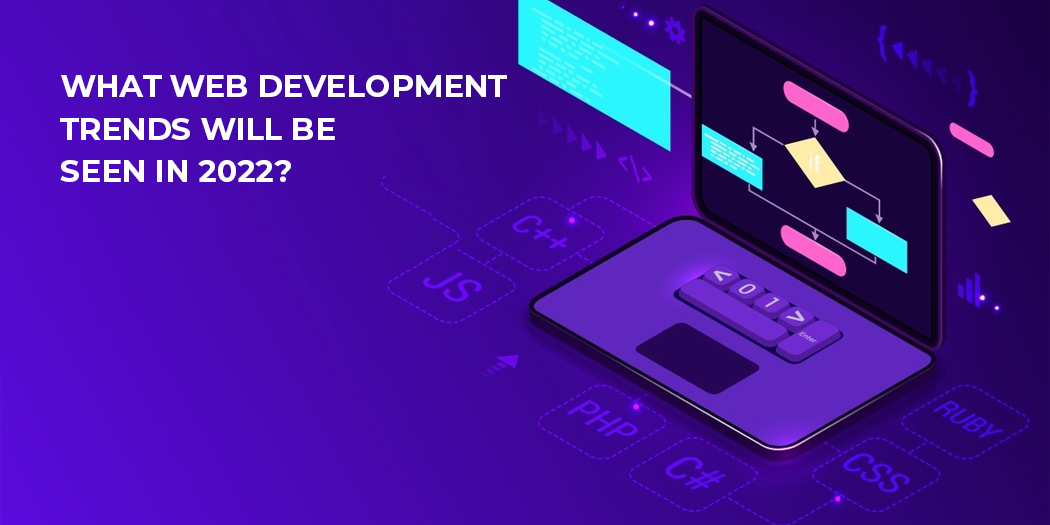Web design has had some major changes over the past five years, so what can we expect to see in the next five? While there are no surefire ways to be able to predict the future, there are plenty of trends in the present that will either hold steady or evolve over time. If you’re thinking about starting a web development company in usa and want to stay up-to-date on new trends, here are some predictions for what you can expect to see in 2022.
The impact of Frameworks
Frameworks can help reduce a development team’s time-to-market by expediting workflow and cutting down on development time. In addition, frameworks allow for faster testing of code changes and cross-browser consistency, helping to ensure a quality product. As more companies begin to adopt open source solutions, developers are able to grow their skillset beyond that of just one framework by learning new technologies quickly; it is estimated that knowledge gained from using a framework will help boost employability by 8%.
The future of Web technology
There are a lot of web development trends that we see now, and that trend is probably going to continue on in 5 or even 10 years. But if we try to predict what Web technologies will be like 10 years from now, well then it’s really hard to say. At some point, all of these things will have been replaced by something new, but I can’t even guess what they might be. One thing I know for sure is that there will always be a need for professional web development companies.
How social media will influence web development
Mobile devices are not just a trend anymore. They’re an integral part of many people’s daily lives, and businesses have been keeping tabs on social media trends to find new ways to reach their customers. Social media is no longer about what you do – it’s about who you are as a person and how your values fit into that message.
Growing importance of mobile devices
If you can’t be found on a mobile device, you don’t exist as a business. On top of that, businesses need to make sure their websites are responsive and mobile-friendly so their customers aren’t frustrated by subpar experiences. This means not only taking advantage of current technologies but constantly updating your website for new devices.
As customers rely more and more on their mobile devices to browse online, it’s becoming more important than ever for businesses to have a mobile-friendly website. In fact, Google has announced that sites not optimized for mobile will be ranked lower by its algorithm as of April 21, 2017.
Many small screens vs. few large screens
The impact of mobile computing will continue to reshape web development. Right now, most people have a primary large screen for their desktop computer and a secondary small screen for their smartphone or tablet—but how many screens do you think people will have by 2022? When we look back on mobile computing trends in 2022, I’d argue there’ll be more people who own four or five small screens instead of two or three large ones.
The rise of Augmented Reality (AR) and Virtual Reality (VR)
From video streaming to shopping, augmented reality (AR) and virtual reality (VR) are already changing how we engage with websites. For example, real-estate firms can now give potential buyers a visual tour of their properties before construction has even begun. It’s not hard to imagine that AR and VR technology will continue to advance over time; by 2022, it is likely that both will be widely available across many different platforms.
The role of Artificial Intelligence (AI) and Machine Learning (ML)
Today, we’re using AI and ML for image analysis, voice recognition and personalization. For instance, Netflix recommends movies to its viewers based on previous choices. This trend will only grow stronger as AI and ML continue to improve. It’s estimated that by 2022, 35% of web developers will rely on AI platforms for their website development company in usa.
Progressive Web Apps are getting more relevant
Progressive Web Apps are popping up everywhere, and for good reason. Progressive Web Apps (PWAs) provide all of the benefits of a traditional web app (e.g., immediacy, easy sharing, etc.) with most of the benefits of a native app. PWA’s are user-friendly and can be found on multiple operating systems without an app store download—allowing users to stay connected to information they need while they’re on-the-go.

